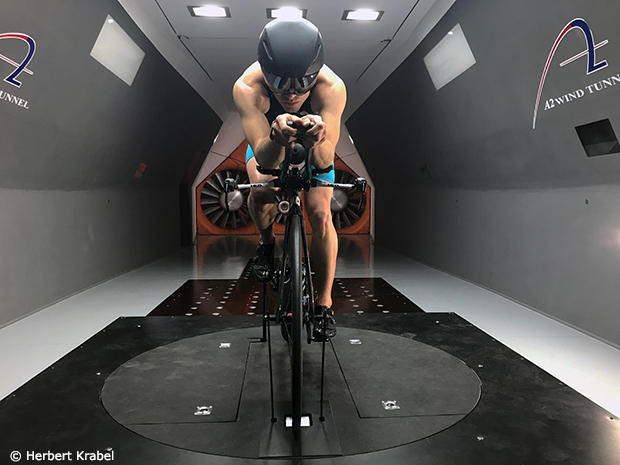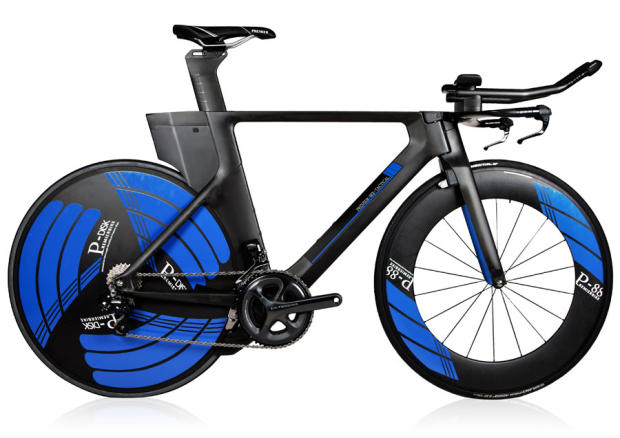Triathlon Bikes in the Age of Peak Aero
The long awaited, much anticipated, results of the wind tunnel test comparing several of the industry’s best new triathlon bicycles are here. Ardent Slowtwitch reader Kiley Austin-Young solicited money from the Slowtwitch community to pay for the effort via the GoFundMe crowdfunding site. More than 120 contributed. The test was conducted at the A2 wind tunnel, led by AeroCamp veterans Heath Dotson and Brian Stover. The finished white paper, called, “Triathlon Bikes in the Age of Peak Aero: A Report,” was compiled with a big assist from David Bowden of New Zealand’s VelogicFit. All are regulars on the Slowtwitch Reader Forum.

The test compared Cervelo’s new P5X, its existing P5, Diamondback’s new Andean, Premier’s Tactical, and the Ventum One, along with Austin-Young’s own B Series that featured a number of aero modifications (e.g., TriRig brakes). In a surprise to Austin-Young, who had previously opined that the bike would not be fast, the P5X was the winner in 6 of 7 yaw angles, barely “losing” in one aspect to its older sibling the Cervelo P5. The white paper listed a number of take-aways, which included: "Cervelo continues its legacy of best-in-class aerodynamics and engineering.”
The Diamondback Andean and the Premier Tactical were in an almost dead heat, immediately and closely behind the Cervelos. The bikes were all sufficiently near each other as to tether the wisest buying decisions to personal preferences by users on hydration and storage motifs.
The test also showed that it’s hard for any particular bike to distance itself from the rest. Noting that, “Triathlon bikes are approaching aerodynamic parity,” the study found that all the bikes, fastest to slowest, were separated by only about 100 grams, and this is at 30mph, which is a speed not attained as a race average by any triathlete pro or amateur in racing.

Finally, the study’s authors developed a respect for the process. “Comparative wind tunnel testing and subsequent data analysis is hard,” perhaps with emphasis on the “subsequent data analysis” part. The white paper was months in coming, illustrating that “This was an exceptionally difficult project.”
That established, and perhaps because of the target Kiley-Young painted on his back through a history of provocative statements about the industry’s products and practices, the paper itself is thorough and the testing protocols, as described in the paper, met or exceeded industry standards.
The white paper is available to view or download.







Start the discussion at forum.slowtwitch.com